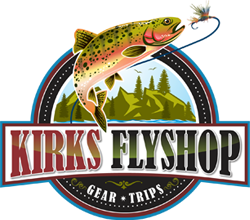Improve Your Technique: 5 Tips for Dry Fly Fishing
When you tell someone that you are a fly fisherman the first image that comes to mind is that of dry fly fishing. Dry fly fishing in Colorado is the purest form of that image. That is not to say that it is always the best. Sometimes nymphing or streamer fishing is going to be more productive. But the rush that you get when you see a beautiful wild trout inhale one of your dry flies off of the surface of the water is second to none. There are many great opportunities for dry fly fishing in Colorado during each season. From midge and blue wing olive hatches in the winter and early spring, to caddis and mayflies in the spring and summer months — you will have plenty of chances at dry fly fishing in Colorado. Here are our top 5 tips for becoming a better dry fly angler:
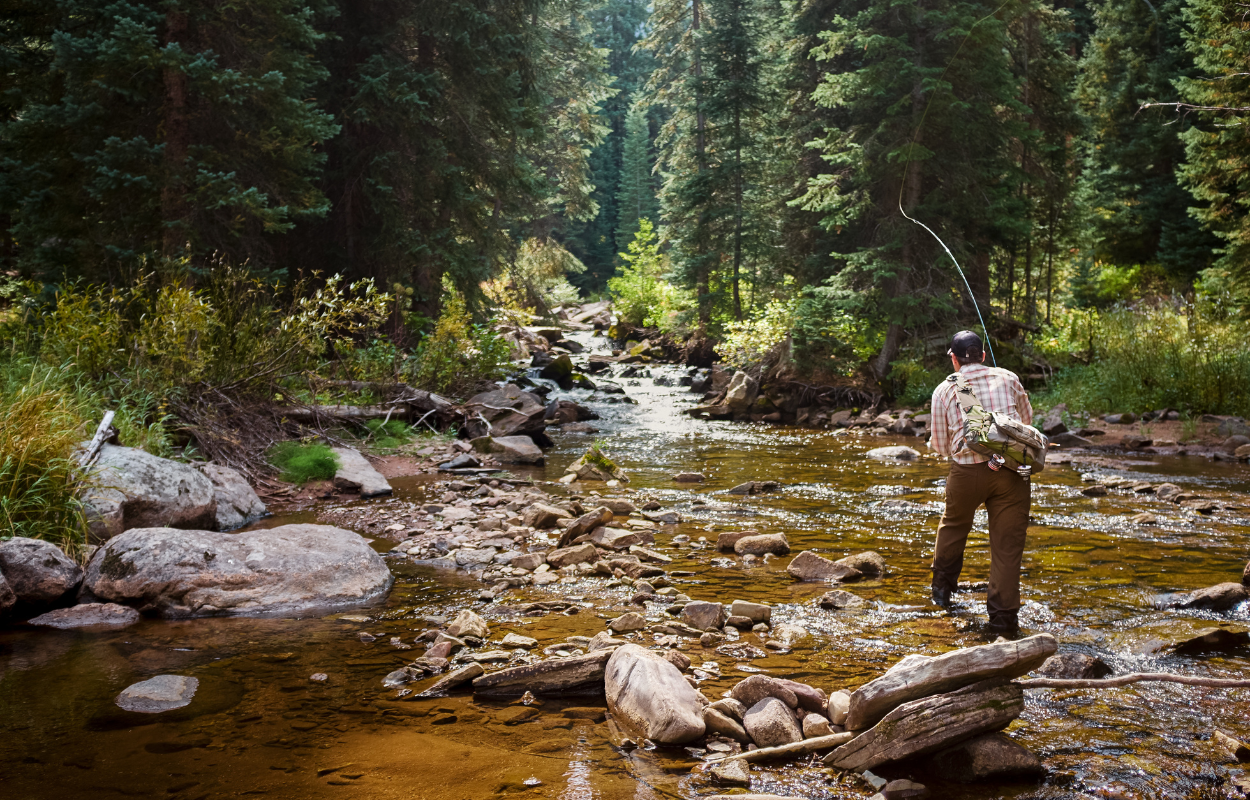
1. Appropriate Fly Selection
The most important factor to dry fly fishing in Colorado is fly selection. Weather and seasonality determine which flies you should be trying on any given day. Here are some factors to consider with dry fly selection:
- Seasonality and understanding the hatch chart is most important in determining your success while dry fly fishing in Colorado. Different bugs are active during different seasons. Knowing which flies are hatching in each season can give you a heads up on what are likely patterns that will be successful that day.
- Size of the bugs you see is an important part of the selection process. The closer that you can get the size the more likely it is that you can fool the feeding fish. Fish become very selective during a hatch and size is an integral part of your success.
- Color is the next factor in fly selection. Dry flies can be very difficult to see on the water. For that reason, you will see many patterns that have white or brightly colored parachutes or patches on the back of the fly. But the color of the body of the fly is most important part to fooling trout, this is what they see from below. The olive, brown, tan, or black coloration of your fly is an important part of whether your fly will draw a reaction or not. Trout can notice very nuanced changes in color.
- Profile, or the shape of your fly and how it sits on the water, can also help or hinder your efforts. A mayfly pattern and a caddis pattern have completely different wing shapes and the flies you put on should represent that. Mayflies are imitated with a parachute dry fly or quill body full hackle pattern. Caddis on the other hand can be represented with the correct sized and colored elk hair caddis. Stoneflies have their own shape and size. These can be imitated with stimulators or even chubby chernobyl patterns.
If you are fishing in a new area, ask your local Colorado fly shop for what insects are active while you are there. There are seasons in which certain bugs tend to hatch on cool cloudy days while other bugs prefer to hatch on sunny warm days.
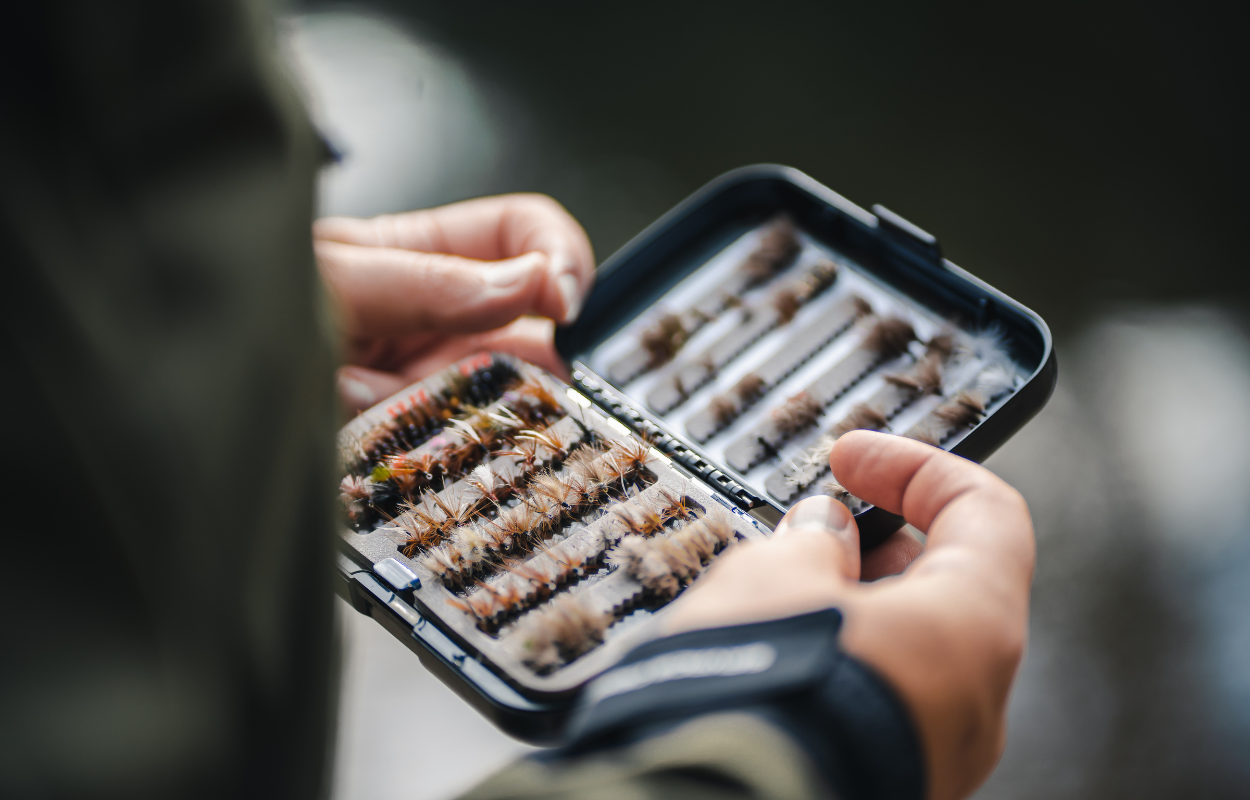
2. Have Variety in Your Fly Box
Having a varied selection of the different flies that are in season is always a good place to start the day when dry fly fishing in Colorado. While fly fishing Rocky Mountain National Park, for instance, you can have Grey Drakes, Yellow Sallies, Pale Morning Duns, Red Quills, and caddis all hatching in a single day in July. Having a couple of different sizes of each fly is helpful in having a productive day of dry fly fishing.
And beyond having that variety of different insect varieties, it is paramount to include the different hatch stages, as well. I.e. nymphs, emergers, cripples, pupae, and adult dries. The most frustrating part about dry fly fishing in Colorado is seeing a fantastic hatch and rising fish but you don’t have the right bug to match the hatch. To be successful, pay attention to the timing of the hatch (how long has it been happening), what the rise looks like (are you seeing the entire trout’s mouth or just its back?), and take a hard look at the water to see what stage of bug you most commonly see.
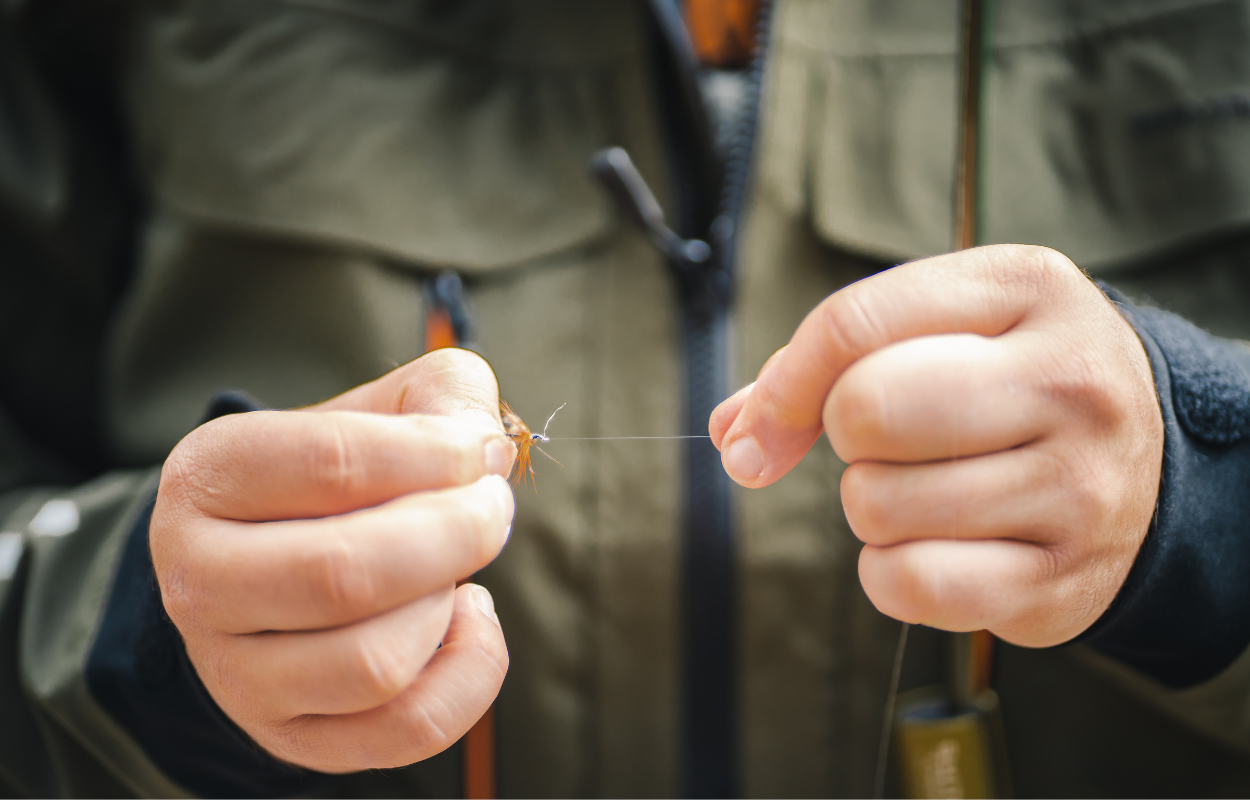
3. Keep Your Fly High and Dry
Along with the correct fly patterns one of the most important and often neglected parts of dry fly fishing in Colorado is keeping your flies floating high and dry. Floatant is one of the must-haves for any dry fly outing. There are many brands and they all have a place. For pre-treating your flies, we use a floatant spray and then let them dry completely before use. To revive a fly that you have been fishing that is now starting to sink we use dry shake. Keeping your fly on the surface is as important as any other factor in getting fish to take your fly.
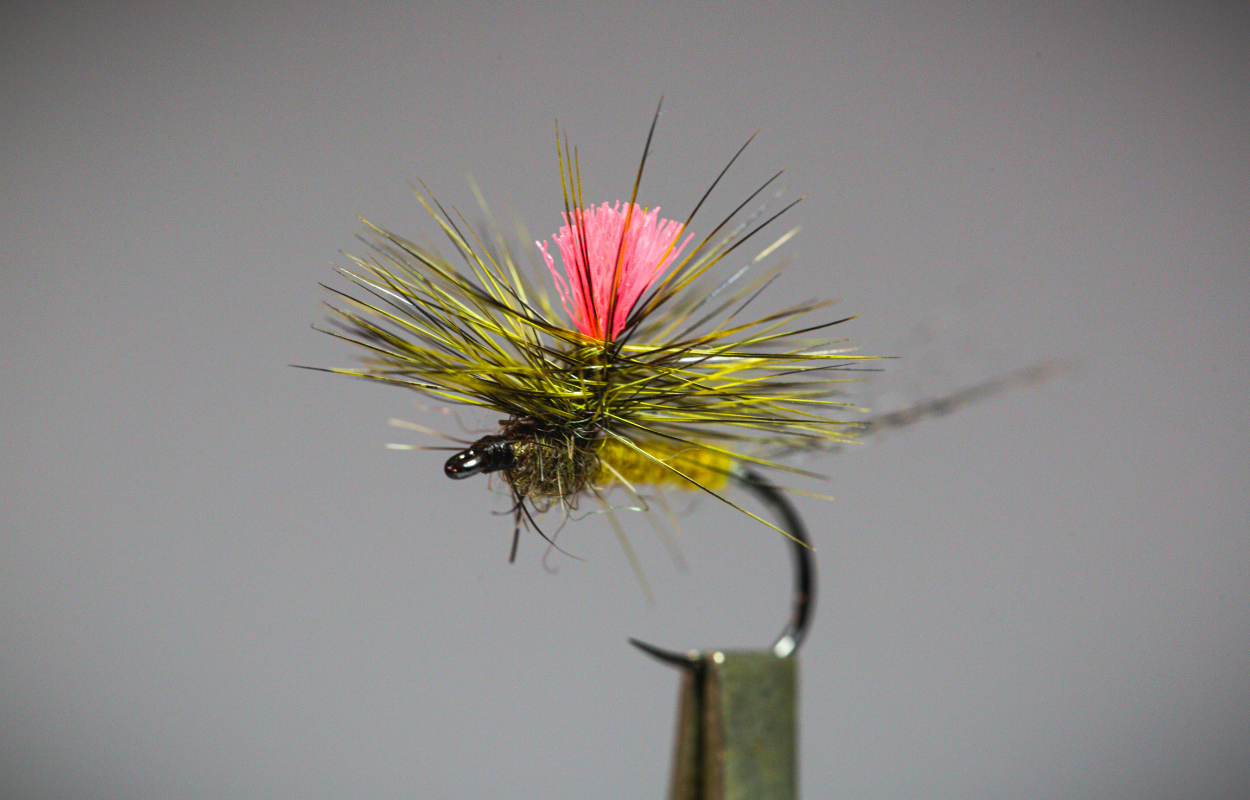
4. Use the Appropriate Leaders and Tippet
Leader and tippet choice are other factors that can help you succeed. Longer leaders and light tippet are usually the way to go when you are trying to make gentle presentations while dry fly fishing in Colorado. We recommend the lightest tippet you can get away with. For instance, if you are fishing with a size 24 Parachute Adams, a 6X tippet would be warranted. When fishing a tailwater this becomes even more of a factor as the year-round pressure on those fish has made them quite discerning.
On the other hand, when fishing larger dry flies like hoppers, we typically use stronger, thicker leaders and tippet which helps with turning your leader over when casting. It’s not uncommon to use 4X and even 3x when using larger bugs while dry fly fishing in Colorado.
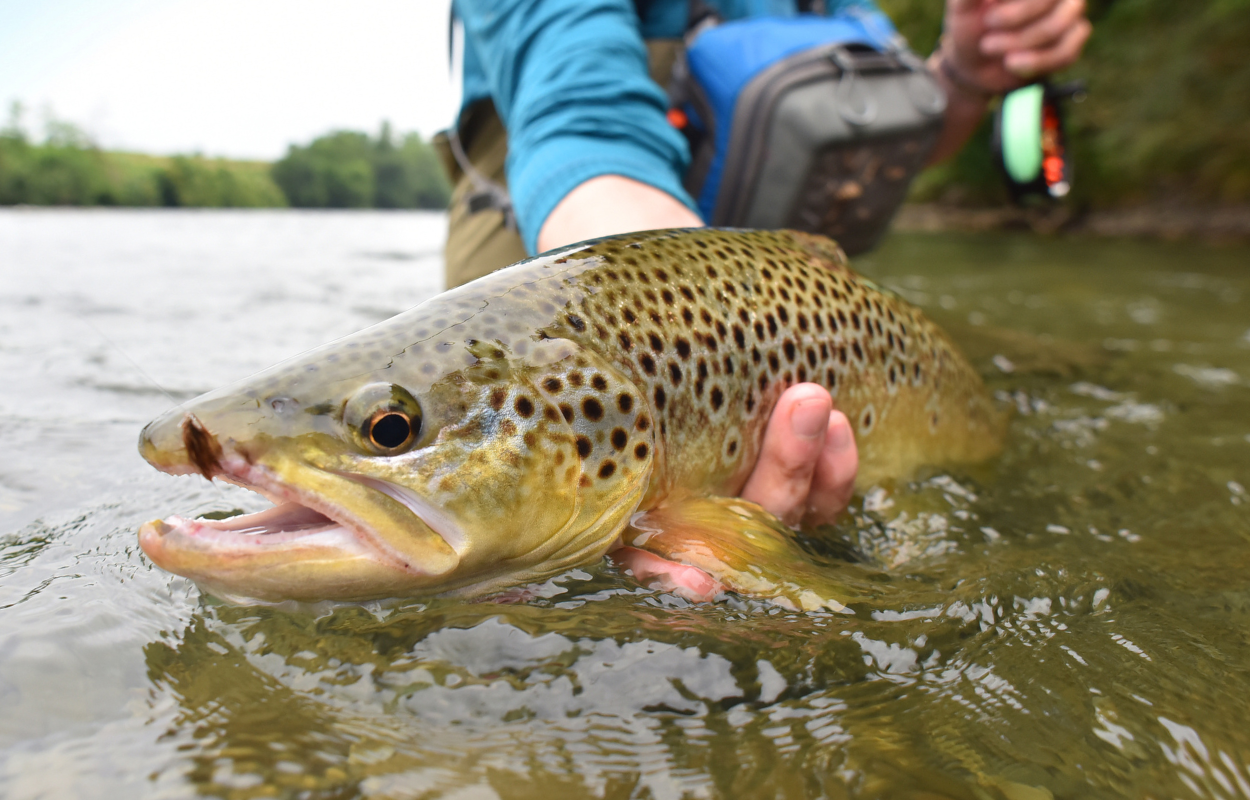
5. Dry Fly Presentation is Key
The presentation is the last part of the equation. Keeping your line out of the fish’s sight, while getting your fly in front of them is something that takes some practice. Trout have incredible eyesight and can see if something doesn’t look right. Here are a few ways to approach it:
- The first way is to stand below and slightly to the side so that they see your fly and not you and your leader. It is important to have a drag-free drift so mend your line as necessary to keep your fly moving the same speed as the trout is feeding.
- An effective way to present dry flies is to stand upstream from the target fish and feed the line downstream to them. This is accomplished with a cast from a safe distance from the trout (10 yards or so). Dry fly fishing with this method has the advantage of the fish seeing your fly first and not your leader/tippet.
Dry fly fishing in Colorado is a must-do experience for fly anglers. From tailwaters in the winter to beautiful sunny summer days in the high country, dry fly fishing in Colorado is a great way to catch trout in stunning scenery. The sight of a wild rainbow trout sipping your fly off of the water’s surface is an exhilarating feeling that is not soon forgotten. Make a point to get out here to wet a line this year and book a Colorado guided fly fishing trip, our guides will show you the best spots to fly fish in the area.
